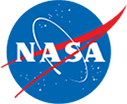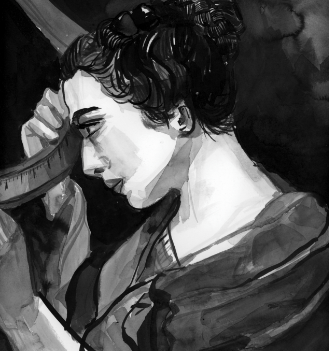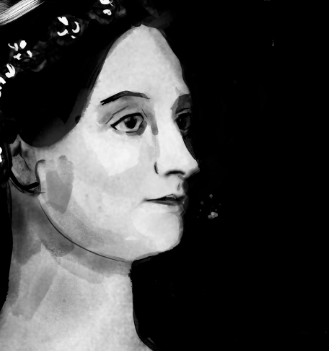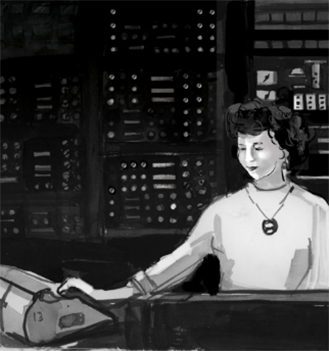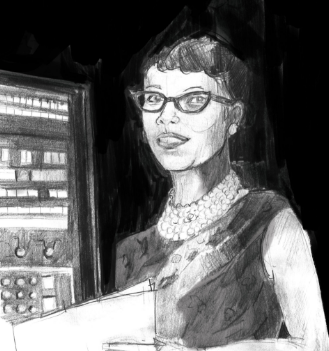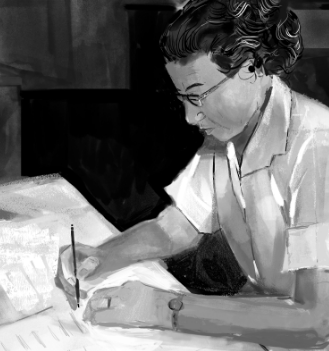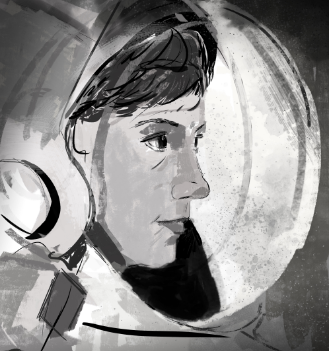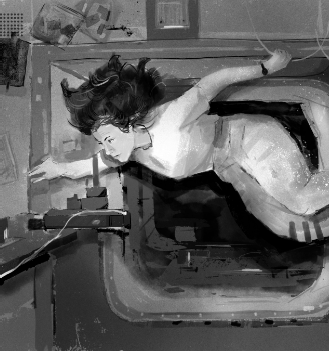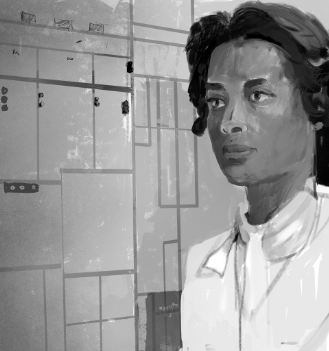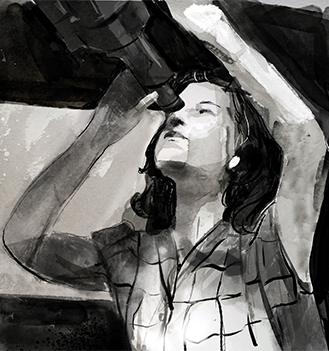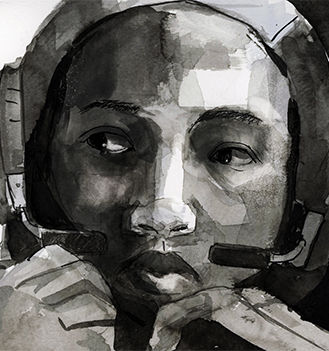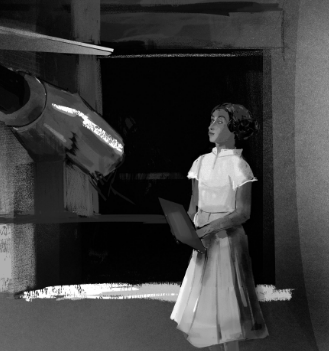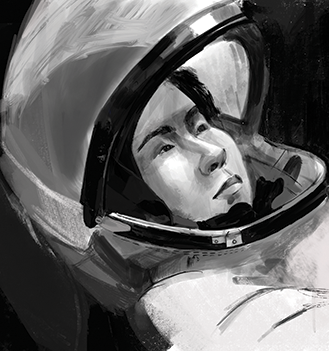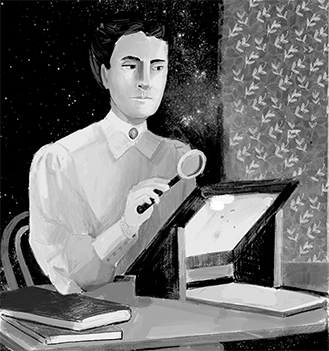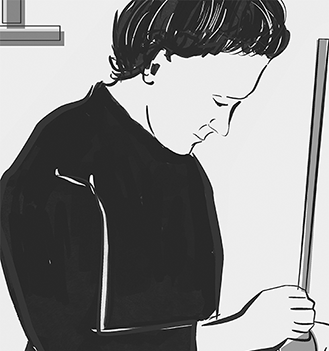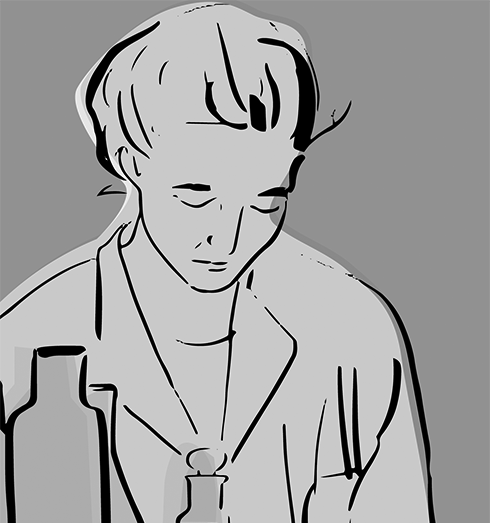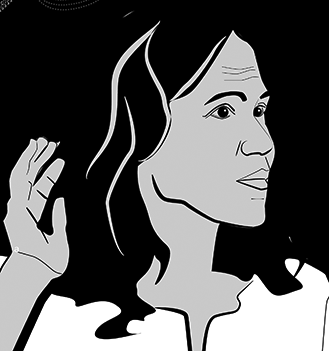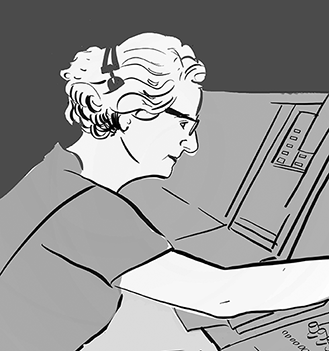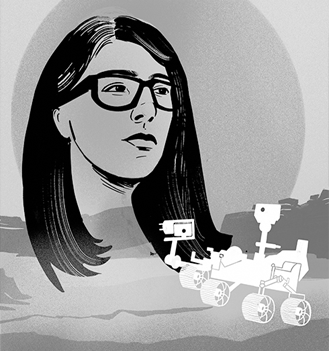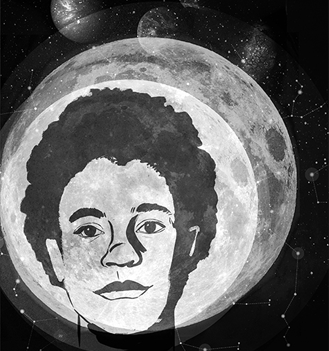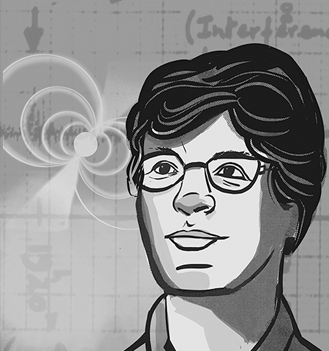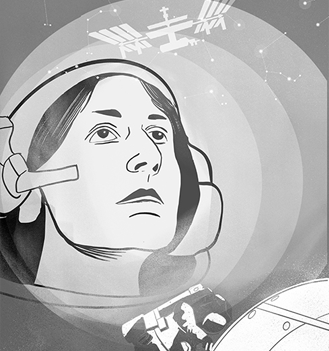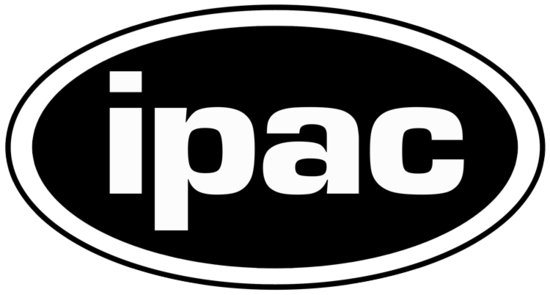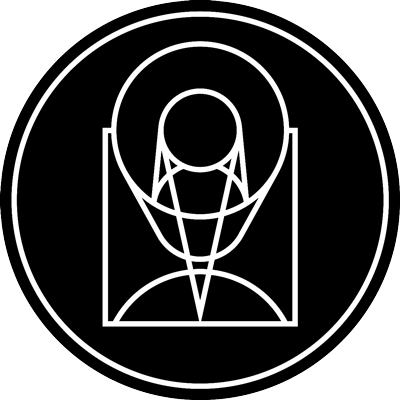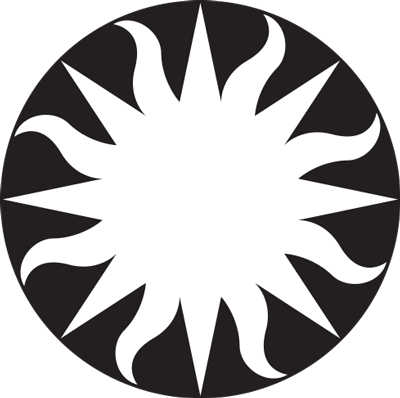Mathematics, Astronomy
Hypatia
Hypatia (believed to be born around 350) was known as a great thinker in her age. She was one of the earliest women to be a noted astronomer, mathematician and philosopher in ancient Greece and Egypt. She was also a popular teacher and lecturer on philosophical topics of a less-specialist nature, attracting many loyal students and large audiences.
Hypatia’s father, Theon, was a mathematician and astronomer and it’s likely that he introduced Hypatia to much of what she originally learned in these subjects. She then went on to write important new works in areas such as geometry, number theory, and astronomy. Letters from one of her students, Synesius, indicate that these lessons included how to design an astrolabe, a kind of portable astronomical calculator that would be used until the 19th century.
This period of the Roman Empire was one of conflict due to differences among religious sects (Christians, Jews, Pagans, etc.) and the realms of science and mathematics suffered along with other areas of intellectual interest. According to sources, Hypatia was murdered by a Christian mob because of her beliefs. She remains an important and inspiring figure for being the world’s leading mathematician and astronomer in her time. More
